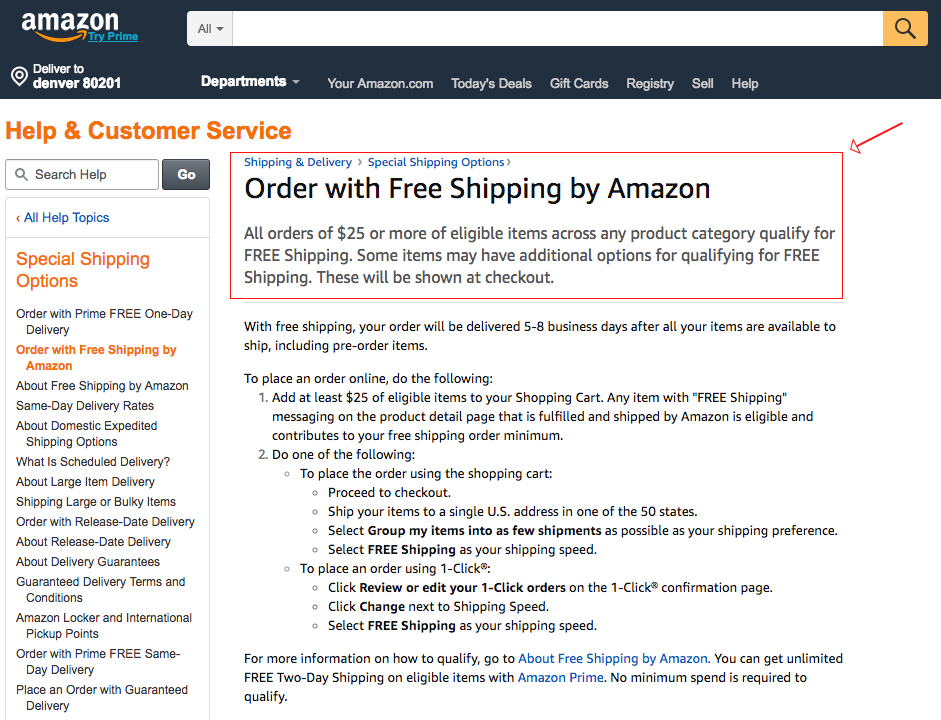A surefire way for a company to increase profits is to optimise pricing and offers. Some ecommerce merchants don’t spend much time on pricing and offers because they fail to see how beneficial it can be or view it as more boring than other marketing tasks. Not all the points mentioned in this post will apply to you but you should be able to find one or two ideas that you can consider for your business.
1. Establish a long-term pricing strategy
A popular strategy is to price high at first, then lower prices. If a new product is launched, consumers may be willing to pay that bit more for it. Some ecommerce sellers will communicate with buyers that prices will increase in an attempt to create an urgency about the purchase and encourage them to buy now (and not later). This tactic works when you want to shift stock quickly and get your buyers to act quickly
- Decide what you will monetise and how.
- Does your market benefit from economies of scale? The more you sell, the greater profit you make as your overall costs are reduced.
2. Ecommerce pricing strategies
Price low or high? One option isn’t better than the other. It will depend on your business model.
Low prices will usually result in more customers and visitors to your site, better conversion rates, higher customer retention, an increased likelihood they will leave a positive review and tell a friend.
High prices will usually result in higher profits per purchase. You may be able to increase your prices by a small amount and get the same level of sale but at a better profit margin.
Being the cheapest can sometimes be perceived as low quality. People will tend to buy items they perceive to be of higher value. They will pay a premium for features, customer service or additional benefits.
- If you have an offer or pricing strategy that you know worked in the past, use it again.
- Consider charging customers a monthly fee instead of a one-off payment. Customers will see this as less of a risk.
- Make the first product you display, your most liked one (not the same as most popular).
- Upsell and cross-sell.
- Consider offering particular premiums only to customers who spend more than a certain amount.
- Offer discounted prices if visitors order quickly (e.g., early bird discounts) or in large quantities.
- Offer a loyalty program.
3. Free stuff
Customers like free stuff so consider offering a free trial or free sample of your goods and services.
- Add free gifts and incentives to increase sales.
- Information is a great thing to give away as a premium because it has costs next to nothing and can have incredibly high perceived value. Think of valuable information that your customers would love to have.
- Another idea is to offer something small for an irresistible price, just to get something into the buyer’s shopping cart in the hope that they’ll buy other items from you.
4. Test your prices to see which ones win
One effective option is to run A/B testing to offer different prices to different users, but then, once they have ordered, to charge them all the lower price, to make it fair. Bear in mind that—as with all A/B testing—buyers who use more than one device may see different versions of your pricing.
Another (less scientific) option is to test different prices on different days or weeks.
- Odd prices work slightly better: $9.99 is perceived as being disproportionately lower than $10.00
- Make prices look lower by hiding the decimal points, e.g. Costs only $49.
- People find it easier to understand fractions than percentages—so it’s better to say “half-price” or “one-third off” than “50% off” or “33% off.”
- If something is free—and the offer sounds too good to be true—mention that’s it’s free several times, in different ways. For example: “It’s free, so you pay nothing, no strings attached, no hidden charges, absolutely no cost to you whatsoever.”
5. Experiment With Pricing
There are many things that directly affect the pricing of a product. That’s why it’s important to not allow your pricing strategy to remain static. Prices that fluctuate and move with the market will help to increase revenue and decrease consumer surplus.
Here are three great ways you can experiment with your pricing:
1. Raise Your Prices on Bestsellers
We’ve talked about how lowering product prices can lead to a reduction in consumer surplus, well raising your prices can have a similar positive effect.
If one or more of your products is selling at a high volume, experiment with raising its price. This will increase your gross revenue and allow you to make up for any other products that aren’t pulling their weight.
One way to offset the potential negative impacts of raising your prices is to experiment with pairing higher prices with free shipping. This will help to make your customers happy while also increasing your bottom line.
2. Take Advantage of Seasonal Discounts or Promotions
Seasonal sales and promotions are one of the best ways to attract more customers to your website or physical store.
Even something as small as offering “free shipping” can help to increase customers and revenue.
According to First Round Review, Amazon famously drove up its purchase volume by offering free shipping for all orders over $25 (after an increase to $35 and back down to $25 in 2017). Free shipping is an attractive incentive because it appeals to anyone who is getting something mailed to them.
3. Model, Don’t Copy Your Competitors
As with any great business or pricing strategy, looking towards the market (particularly your competitors) is a great way to stay on top of current pricing trends. Everything from stock market fluctuations and employment rates, to new laws and trends, can affect the price that people are willing to pay for your product and that’s why it’s important to keep an eye on the market and your competitors.
But remember, you are operating on your terms with your overhead expenses and profit margins. So while it’s great to evaluate how they’re pricing their product, you need to put your business first.
According to PWC’s 2018 Global Consumer Insights Survey, global retail eCommerce sales will reach $4.878 trillion by 2021. That’s an 18% increase in worldwide eCommerce sales, from $1.845 trillion in 2016 to $4.878 trillion in 2021! This means millions of business are vying for customers’ attention.
One way to gain a competitive advantage in this wild marketplace is to have a product pricing strategy that is dynamic — one that moves with the market, and one that allows your business to remain profitable all at the same time.
The last thing you want is customers leaving your store because you fail to adapt, and update the value of your product!
Final Thoughts
These are some great ideas to help you on your way to optimise your ecommerce pricing and hopefully help you to increase your sales. Why not check out our repricing tool? As a bonus, you’ll start off with the first 15 days totally free when you sign up now.
Related: Amazon Pricing Strategies




